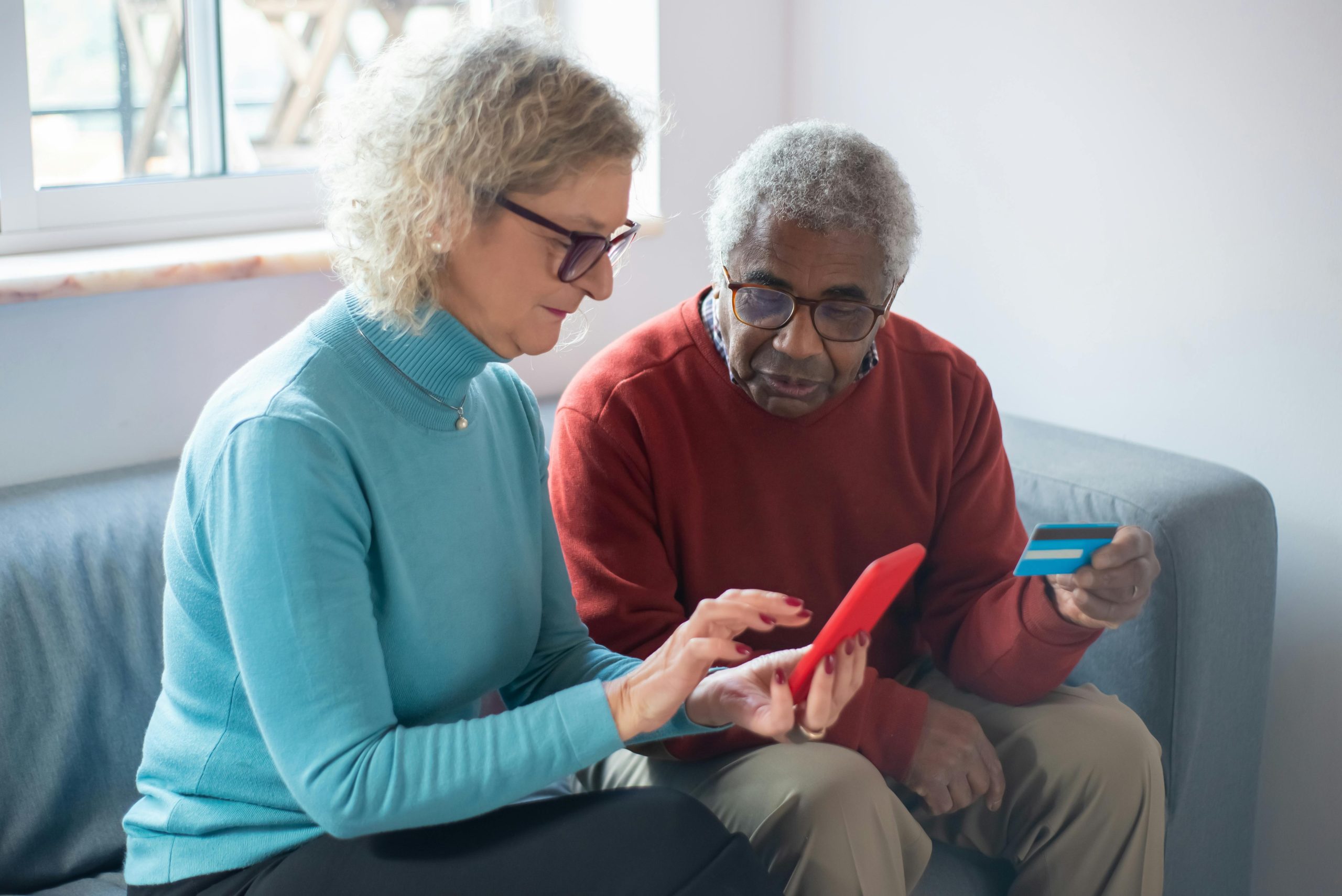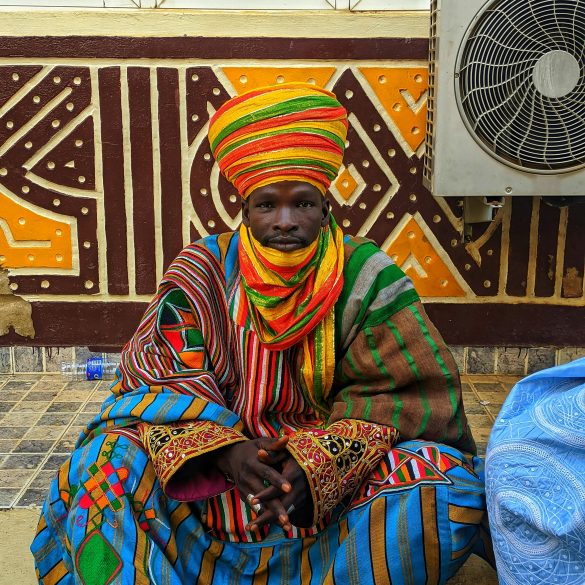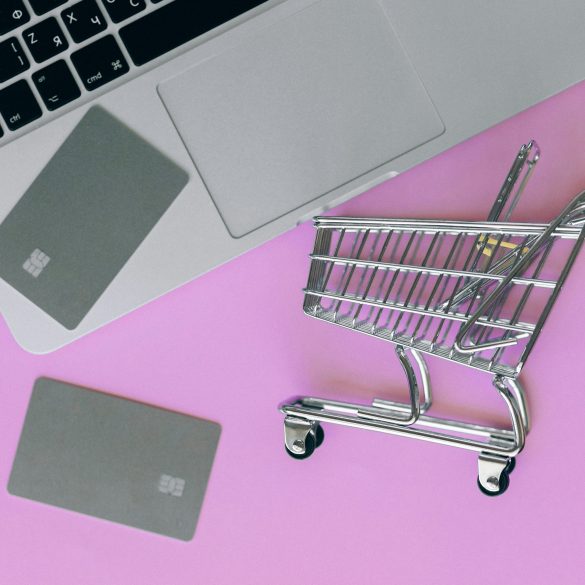How Mobile Payments Are Being Used in Moroccan Souks
The first time I witnessed a leather merchant in Marrakech’s bustling Jemaa el-Fnaa square accept payment through his smartphone, I’ll admit—I was genuinely stunned. Here was this artisan, surrounded by centuries-old craftsmanship, seamlessly bridging ancient commerce with cutting-edge financial technology. What struck me most wasn’t just the transaction itself, but the natural confidence with which he navigated between haggling in Arabic and processing digital payments.
Morocco’s traditional souks, those labyrinthine marketplaces that have served as commercial heartbeats for over a millennium, are experiencing something remarkable. According to recent studies1, mobile payment adoption in Moroccan markets has increased by 340% since 2019, fundamentally transforming how business gets done in these historic trading centers.
The Digital Revolution in Ancient Markets
Walking through Fez’s medina last autumn, I couldn’t help but notice how dramatically the payment landscape has shifted. What used to be purely cash-based transactions—with all the currency exchange headaches that entailed—now seamlessly incorporate QR codes, contactless payments, and mobile wallets. Honestly, I reckon this transformation represents one of the most fascinating examples of technological adoption I’ve witnessed in traditional retail environments.
The numbers tell quite a story. Bank Al-Maghrib reports2 that mobile payment transactions in Morocco’s retail sector reached 2.4 billion MAD in 2023, with souk merchants accounting for roughly 15% of this volume. More impressive? The average transaction value has remained consistent with traditional haggling outcomes, suggesting these digital tools aren’t disrupting the cultural essence of souk commerce—they’re enhancing it.
Morocco Digital Payment Snapshot
Morocco currently has over 47 million mobile phone subscribers, with smartphone penetration reaching 76% of the adult population. The country’s strategic position as a gateway between Africa and Europe has made it a testing ground for innovative payment solutions, particularly in tourism-heavy regions like Marrakech and Casablanca.
But here’s what really gets me excited about this shift—it’s not just about convenience. During a recent conversation with Youssef, a carpet merchant in Essaouira’s medina, he explained how mobile payments have actually strengthened his relationships with international customers. “Before, tourists worried about carrying cash, about exchange rates, about getting correct change,” he told me. “Now, they focus on my carpets, on the stories behind them. The payment becomes invisible.”
Leading Mobile Payment Platforms Transforming Souk Commerce
The mobile payment ecosystem in Moroccan souks is more diverse than I initially expected. Having spent considerable time researching and experiencing these platforms firsthand, I’ve found that merchants typically juggle multiple payment options to accommodate their varied customer base.
| Platform | Market Share | Primary Users | Key Features |
|---|---|---|---|
| CIH Pay | 34% | Local customers | Bank integration, QR codes |
| PayPal | 28% | International tourists | Global recognition, currency conversion |
| Orange Money | 22% | Mobile-first users | USSD access, offline capabilities |
| Wafacash | 16% | Traditional banking customers | ATM network integration |
What fascinated me during my merchant interviews was how platform choice often reflects generational differences. Younger souk vendors, particularly those under 35, gravitate toward Orange Money for its flexibility and social features3. Meanwhile, established merchants with decades of experience prefer CIH Pay because of its seamless integration with their existing banking relationships.
Platform Integration Strategies
I’ve consistently found that successful souk merchants don’t rely on a single payment platform. Instead, they’ve developed what I call “payment portfolio strategies.” Most display QR codes for three or four different platforms, allowing customers to choose their preferred method. This approach makes complete sense when you consider the diverse international clientele these markets serve.
The implementation process varies significantly. Some merchants started with simple QR code displays—literally printed cards taped to their stalls. Others invested in smartphones specifically for payment processing. What strikes me as particularly clever is how many have integrated payment acceptance into their existing sales choreography. The haggling continues, the cultural exchange happens, and only at the very end does the digital payment seamlessly conclude the transaction.
Insider Tip for Travelers
Before visiting Moroccan souks, download at least two mobile payment apps and verify they work with your international bank cards. Many merchants offer small discounts for mobile payments since they reduce cash handling time and eliminate counterfeit currency concerns.

How Merchants Are Adapting to Digital Commerce
The merchant adoption story in Moroccan souks is far more nuanced than simple technology implementation. During my research, I discovered that successful digital integration requires balancing modern efficiency with traditional relationship-building that defines souk culture.
What really impressed me was the organic way merchants have incorporated mobile payments without losing their authentic character. Take Mohammed, a spice merchant in Casablanca’s Central Market. He’s developed a fascinating hybrid approach—negotiations still happen over steaming glasses of mint tea, but payment processing occurs through his tablet, which he’s decorated with traditional Berber patterns. The technology serves the tradition, not the other way around.
- Learning curves proved shorter than expected, with most merchants achieving proficiency within two weeks
- Family-based training systems emerged, with younger family members teaching older merchants
- Peer networks developed for troubleshooting and sharing best practices
- Government digital literacy programs provided crucial foundational support
Economic Impact on Traditional Merchants
The financial implications of mobile payment adoption have been genuinely transformative. According to data from Morocco’s Ministry of Industry and Trade4, merchants using mobile payments report average revenue increases of 23% compared to cash-only counterparts. More significantly, they’ve reduced transaction times by an average of 40%, allowing them to serve more customers during peak periods.
But the benefits extend beyond simple efficiency gains. Mobile payments provide merchants with unprecedented transaction data, helping them understand seasonal patterns, popular products, and customer preferences. I watched Aicha, a jewelry merchant in Rabat’s medina, review her monthly payment analytics to optimize her inventory for the upcoming tourist season. “The data tells stories I never knew existed,” she explained.
Transforming the Tourist Experience
From a visitor’s perspective, mobile payments have revolutionized souk shopping in ways that go far deeper than simple convenience. Having experienced both pre- and post-digital payment eras in these markets, I can honestly say the change is remarkable.
The elimination of currency exchange anxiety alone has transformed tourist confidence. Previously, visitors often hesitated to engage in negotiations, worried about having appropriate denominations or receiving correct change. Now, they enter negotiations with confidence, knowing the final payment will be precise and transparent.
- Reduced concern about carrying large amounts of cash in crowded markets
- Elimination of currency exchange fees for many international visitors
- Automatic transaction records for budgeting and expense tracking
- Faster checkout processes allowing more time for exploration
- Enhanced trust between merchants and customers through digital receipts
What really excites me about this transformation is how it’s democratized access to souk shopping. Previously, language barriers around numbers and currency could create genuine challenges for some visitors. Mobile payments, with their universal digital interfaces, have made these historic markets more accessible to international visitors while preserving their authentic character.


